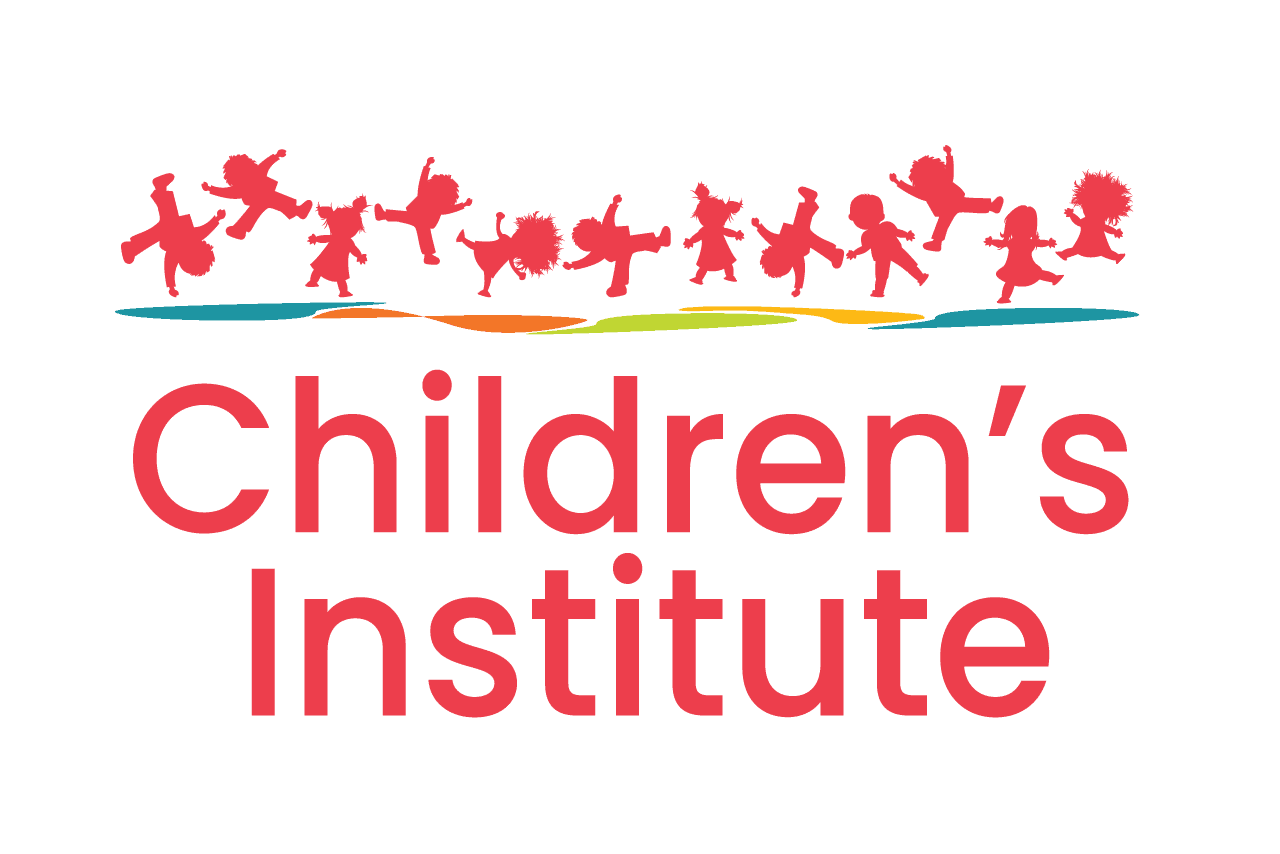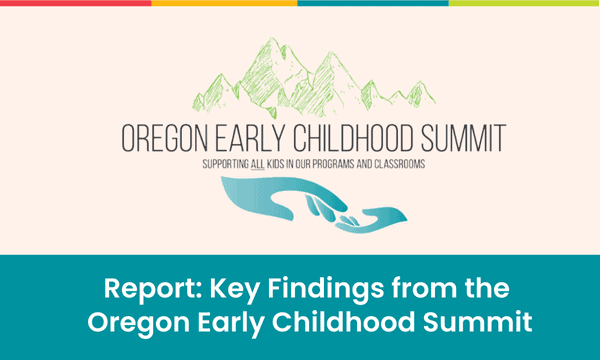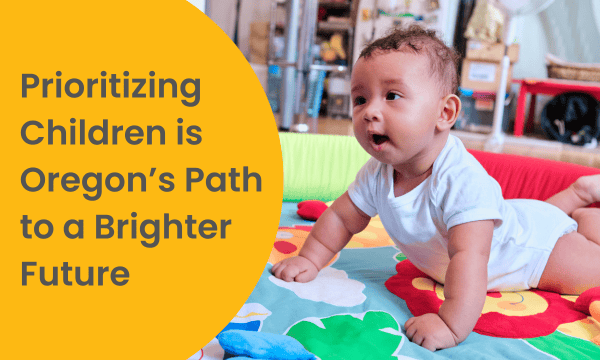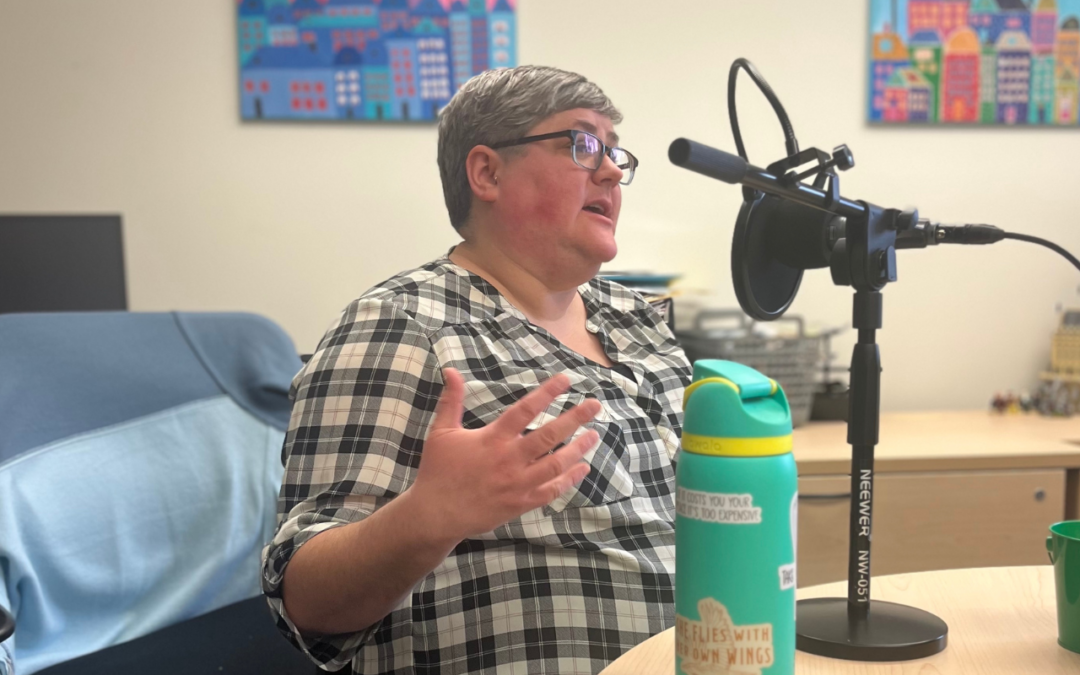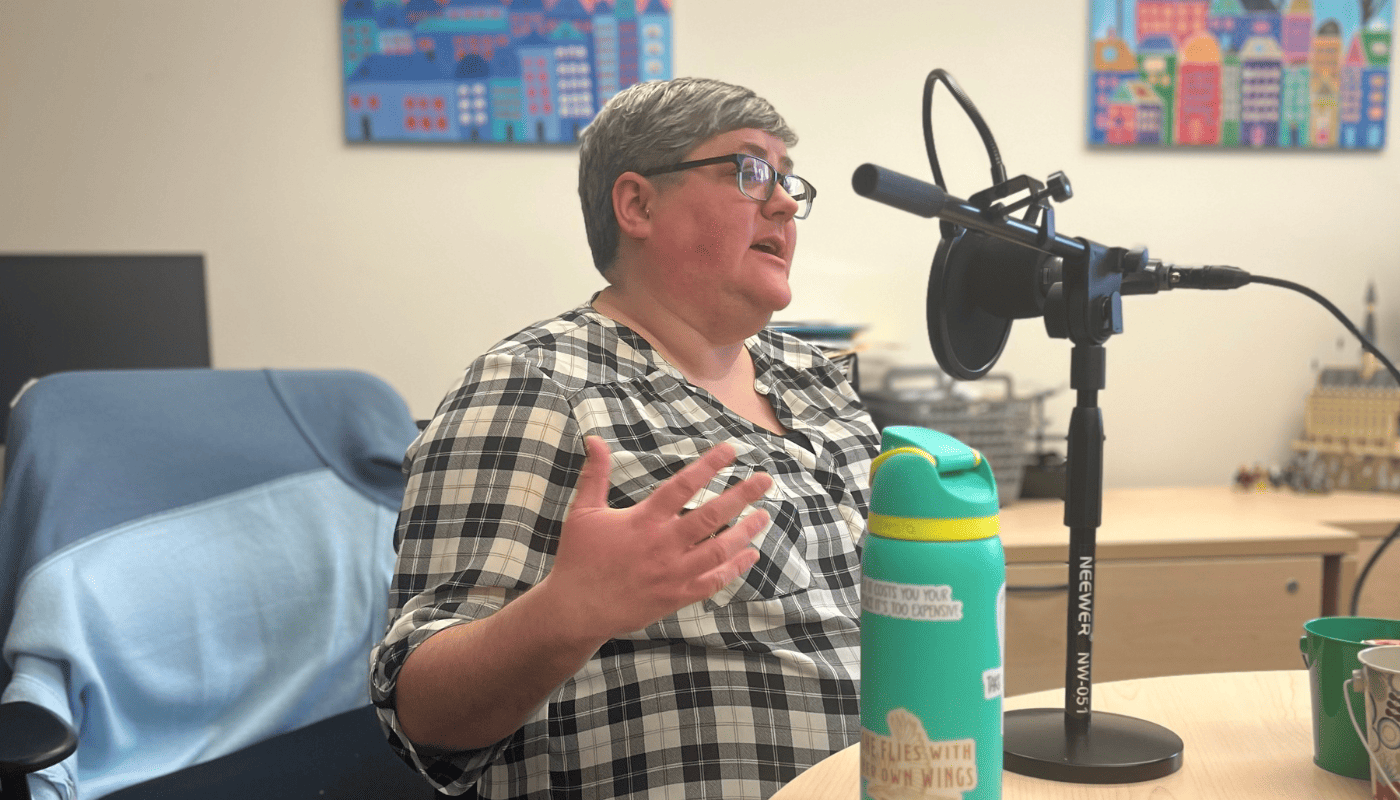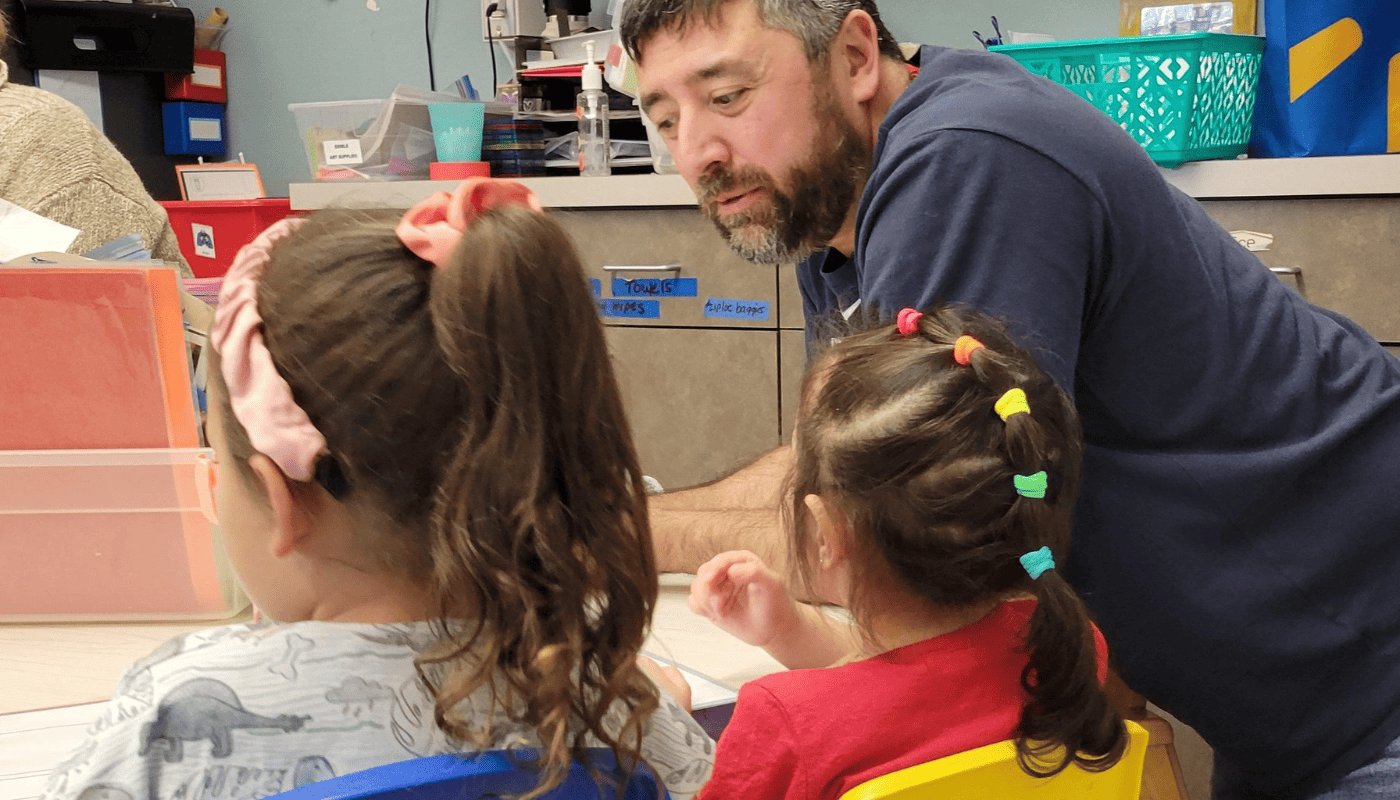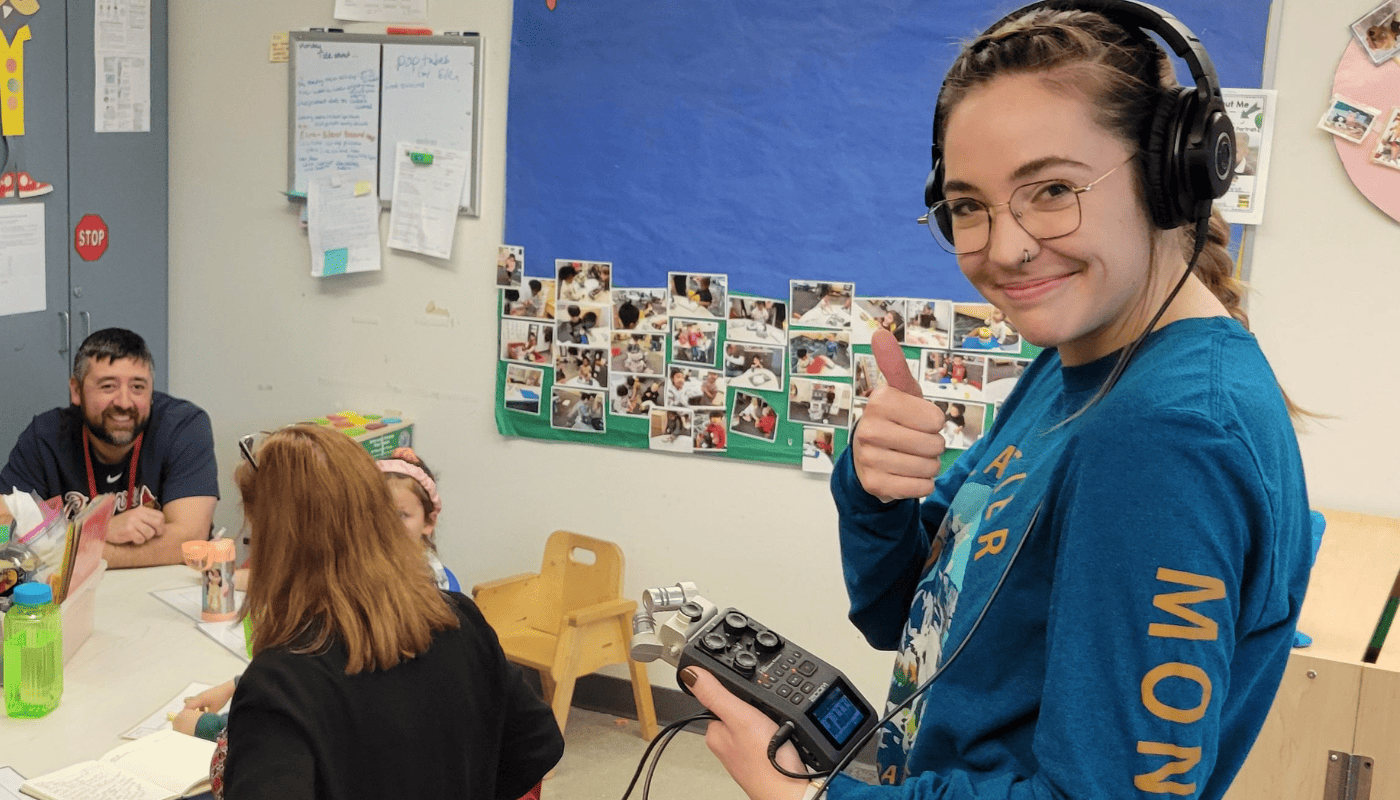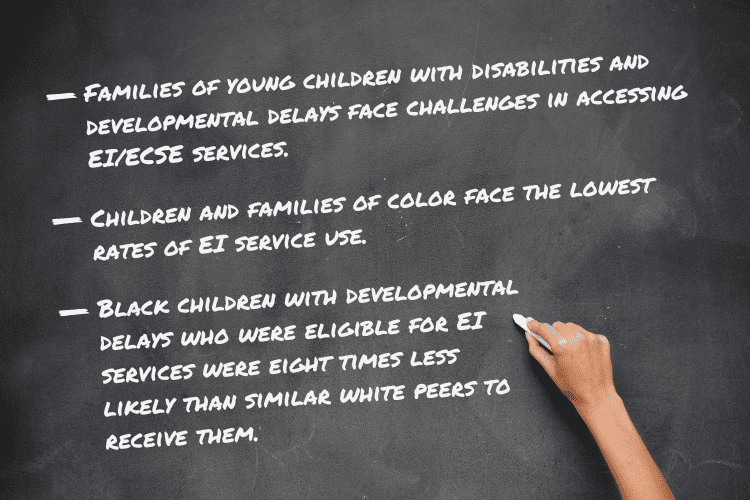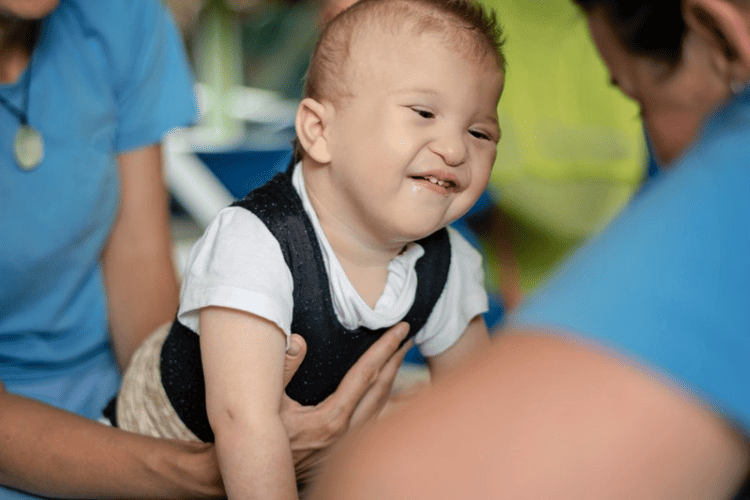
States Have A Role To Play in Helping Kids Access Inclusive Pre-K
This article written by Aaron Loewenberg at New America and shared with permission highlights how collaboration between school districts and community partners can be improved by states.
A distinctive hallmark of publicly funded early education is the fact that it’s offered in a variety of settings. In order to preserve parental choice and increase capacity, many states have adopted mixed delivery systems in which pre-K is offered not only in public elementary schools but also in community-based settings, such as child care centers and Head Start. There are a variety of reasons why a parent might prefer one of these settings over a school setting, such as closer proximity to their home or place of work, full-day hours that better correspond with a parent’s working schedule, or because it’s where other family members already attend.
But while a mixed delivery system of pre-K has many advantages, it can present significant challenges for students with disabilities when it comes to accessing early childhood special education (ECSE) services, such as those provided by occupational therapists, physical therapists, and speech-language pathologists. A nationwide shortage of special education teachers can make the task even more difficult. Despite guidance from the federal government that emphasizes that the requirements of the Individuals with Disabilities Education Act (IDEA) apply to both school and non-school settings, in many districts these services are only provided in school-based settings, forcing families to make difficult decisions.
Families might be forced to choose between staying in a child care center and receiving no services or leaving the program to attend the school-based option that will offer ECSE services. Alternatively, families might be able to stay at their community-based setting but the learning day is disrupted by the need to take a bus in the middle of the day to receive services at the school district site. Neither of these options are optimal, and both go against a child’s right to be served in the “least restrictive environment,” a point recently emphasized in a 2023 federal policy statement. That statement makes clear that, “Families should not have to choose between remaining in their existing early childhood program and receiving early intervention or special education services after children are identified with a disability.” It also emphasizes the benefits of children with special needs learning in inclusive settings alongside typically developing children.
Since both Head Start rules and IDEA make clear that it’s the responsibility of local education agencies to conduct evaluations and deliver special education services, much of the work of delivering these services to young children in community-based settings happens at the local level and under the purview of the school district. And while there are several examples of communities across the country engaged in this work, there are fewer examples of state systems working across sectors to ensure that children are supported in accessing special education services across the mixed delivery system. However, there is an important role for the state to play here. In fact, the recent federal policy statement offers 10 recommendations for state actions to better serve children with disabilities in early childhood programs, ranging from establishing a cross-sector state leadership team to implement a shared vision to raising public awareness about the benefits and importance of inclusion.
Illinois is one state that has been engaged in this work for many years. “We really need to start from the presumption that the family has made a choice about where to enroll their child, and we need to think about how to keep them there and help that student thrive,” says Kayla Goldfarb, policy manager in Illinois policy at Start Early. To meet this goal, the state has established a cross-sector, interagency leadership team focused on increasing inclusive opportunities for young children with disabilities. The team’s work is guided by Indicators of High-Quality Inclusion that address inclusive policies and practices at multiple system levels: state, community, local programs, and the environments where children receive care. “Part of the reason it is so important is because the issue of inclusion for preschoolers is a cross-sector issue since there is no universally accessible pre-K system nationally. So, if we want to address inclusion, we have to not just have our school district and Illinois State Board of Education partners on board; it also has to include community-based providers, including child care and Head Start partners,” says Goldfarb.
The state has partnered with the Early Childhood Technical Assistance Center to provide technical assistance for implementing, sustaining, and scaling-up inclusive pre-K programs. District-based community inclusion teams consisting of community partners, education agencies, and parents meet monthly across the state to build awareness of the importance of early childhood inclusion. In Collinsville, a city located just east of St. Louis, the school district and a Head Start program were able to enter into a collaboration where an itinerant special education teacher from the district travels to the Head Start site to provide services that are embedded in the activities of the day. This arrangement means that children no longer have to take a bus in the middle of the day to the school to receive their services.
Illinois is also using funds from the federal Preschool Development Grant Birth through Five (PDG B-5) program to improve the availability of services in community-based settings. The funds have been used to pilot different service model options for providing special education services in community settings, such as one in which itinerant services are provided within a regional co-op to children who reside out-of-district and are enrolled in community-based organizations. Several community inclusion teams have been awarded funds to receive technical assistance, professional development, and help in implementing the itinerant service model in their communities.
Oregon has also been working to assist local communities in providing inclusive services for children in community-based settings through the work of the state’s Early Childhood Inclusion Initiative. “Oregon didn’t necessarily have a state strategy to move the needle on this, and so now we are getting technical assistance to build a state strategy for advancing inclusion,” says Dana Hepper, Director of Policy & Advocacy at Children’s Institute. Like Illinois, the state is using the Indicators of High-Quality Inclusion to guide work at the state and local levels and has organized cross-sector community inclusion teams that examine barriers to authentic communication between school districts and community-based settings.
In Lincoln County in Western Oregon, a community inclusion team made up of partners from across the early learning community has been using coaching to build staff capacity in three community sites, develop shared professional development, and identify interagency agreements with districts that will help sustain inclusive practices. Other community teams have focused on ensuring that all early education providers, regardless of setting, have access to high-quality training and coaching on practices that target the full inclusion of young children with disabilities.
For her part, Hepper sees a definite benefit to states stepping up to help lead this work around how to best provide services to young children regardless of whether they attend pre-K in an elementary school, Head Start classroom, or child care center. “It feels very inefficient for every community to have to figure these things out on their own. There are some common, proven practices grounded in research and experience that we should be sharing with each other and utilizing,” says Hepper.
Both Oregon and Illinois offer examples of the importance of states helping and funding local communities to do this often difficult, cross-sector work. It will take continued cooperation between local and state governments to ensure that children with disabilities receive the services to which they’re entitled in the setting that works best for their families.
This work is attributed to Aaron Loewenberg, senior policy analyst with the Education Policy program at New America.. The original version can be found here.
